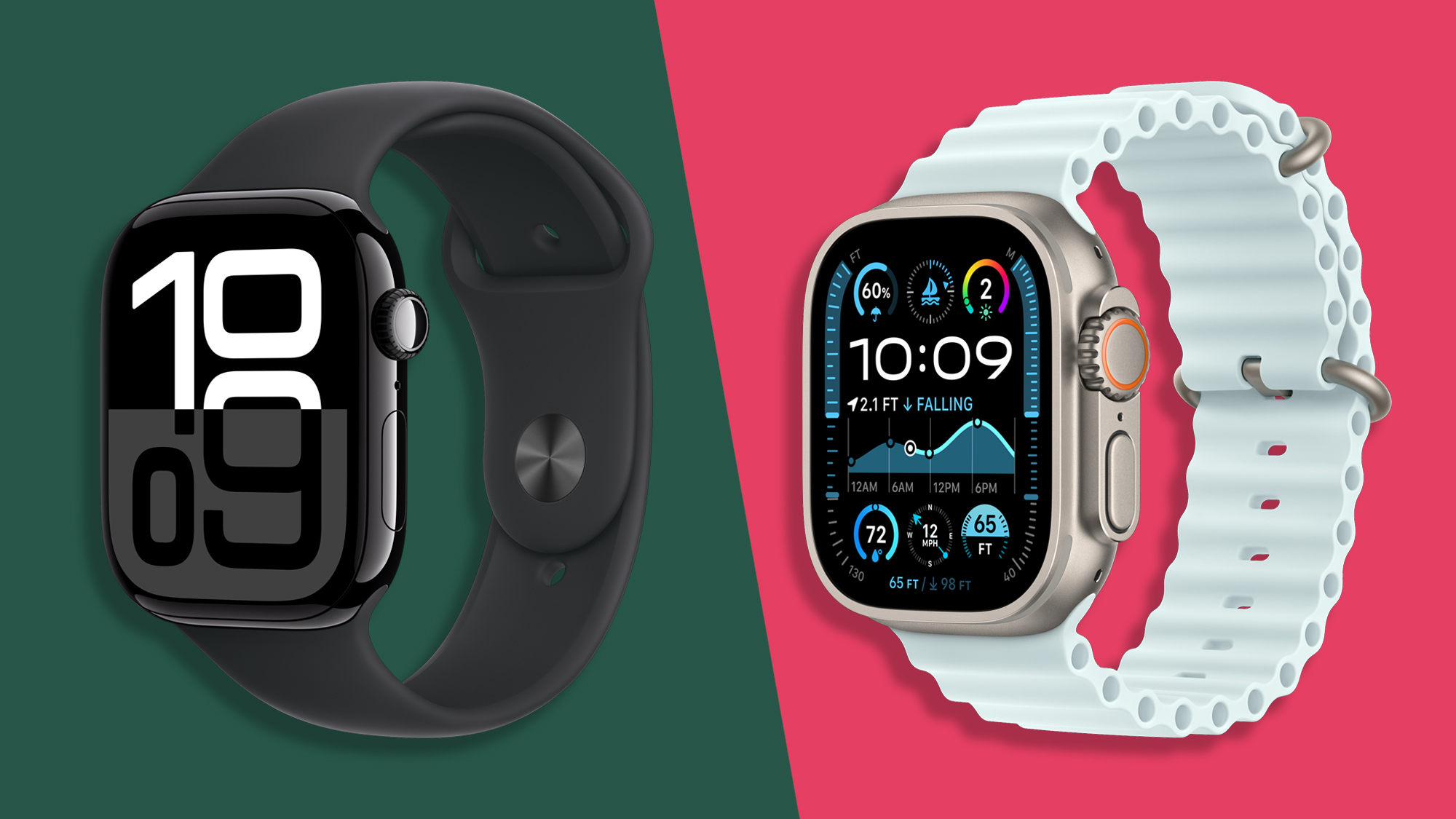
The mainstream contender
The new Apple Watch Series 10 boasts very little new over the Series 9. However, it does get a much thinner design, larger displays, and the vibrant new wide-angle OLED that looks better from every angle.
For
- New S10 SiP
- New titanium finish
- Wide-angle OLED display
- Thinner profile and new design
Against
- No performance boost over S9
- Less battery life
- Design less rugged and durable
The rugged, durable alternative
Despite not getting an upgrade for 2024, this is still a brilliant bit of kit. It's super rugged and durable, has a great display, and is perfect for adventure and the great outdoors. However, it's more expensive, and there are fewer options to choose from.
For
- S9 chip still excellent
- Very rugged and durable
- Brighter display
- Better GPS
Against
- More expensive
- Fewer configurations
- Bulky and heavier
With the advent of the new Apple Watch Series 10 and no new Apple Watch Ultra for 2024, prospective customers looking for the best Apple Watch on the market are left with a tricky decision. If you’re buying a new Apple Watch for the first time, or you’re upgrading from an older model, which one is best?
The odds of someone ‘upgrading’ from the Ultra 2 to the Series 10 are extremely slim, for reasons we’ll come to later, but if you’re just choosing between the two on merit, it’s not an obvious choice.
Apple Watch Ultra 2 is now a year old and lacks some of the display innovations of the new Series 10. However, it’s considerably more rugged, and can often be found at a decent discount price, if you know where to look. With that in mind, here are all the differences (and similarities) between the Apple Watch Series 10 and the Apple Watch Ultra 2.
Apple Watch Series 10 vs Ultra 2: Price and availability
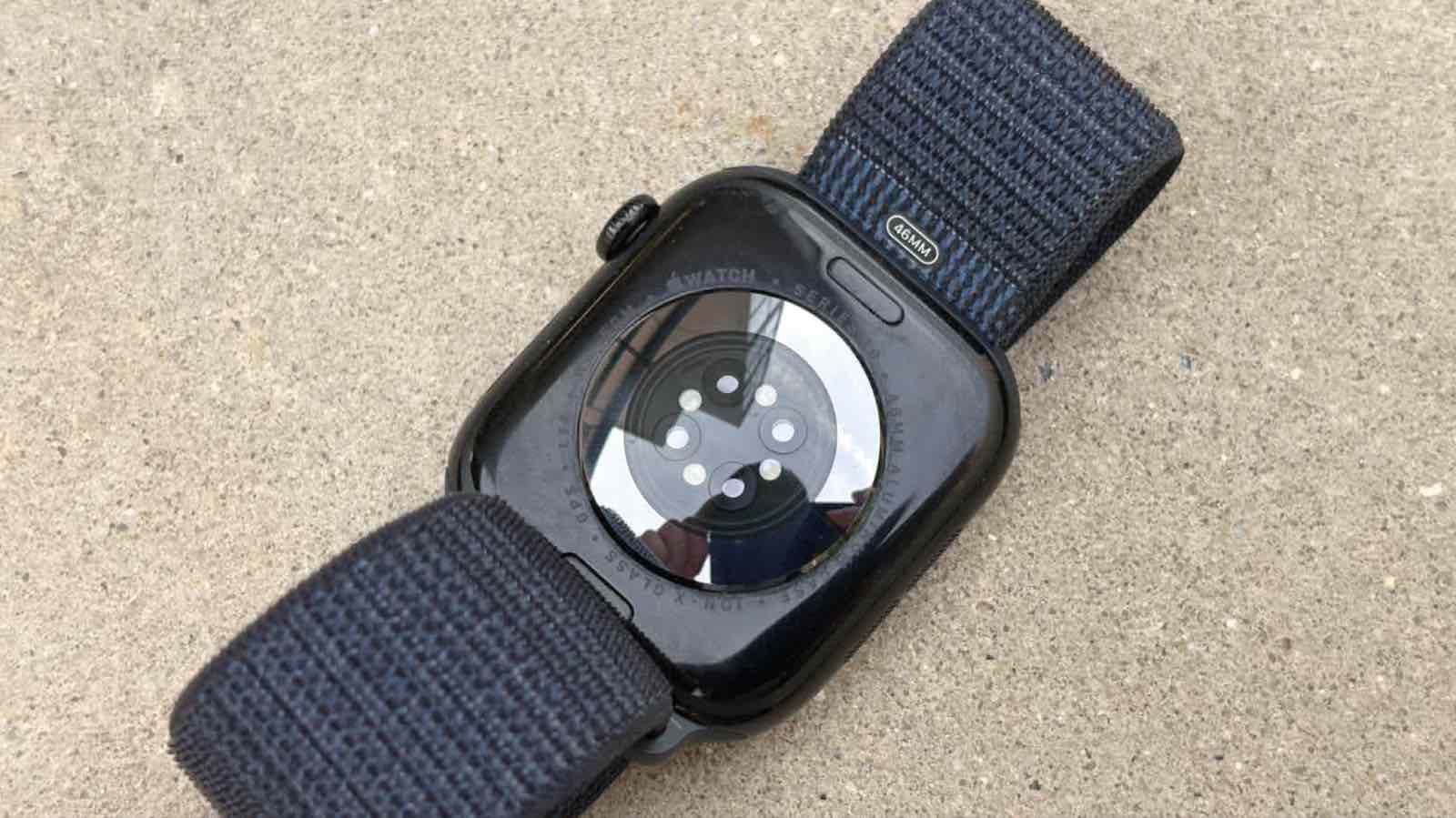
The Apple Watch Ultra 2 was released in September 2023, making it a year older than the 2024 Apple Watch Series 10. As such, we’ve seen the Ultra 2 discounted to low prices of $699, down $100 from its usual $799/£799/AU$1,399 list price. That’s considerably more expensive than the Series 10, which starts life at $399/£399/AU$649, or $499/£499/AU$$809 for the cellular model. The Ultra 2 is only available as a cellular model, but that’s still a $200/£200 difference. Of course, when you start looking at the Series 10’s more premium titanium finish, it’s a different story, and you could end up paying a good bit more than the Ultra 2. For roughly the same price as the Ultra 2, you can get the Series 10 in titanium with a more generic band. For the budget-conscious, however, the base model Series 10 is a clear winner.
Apple Watch Series 10 vs Ultra 2: Specs
Apple Watch Series 10 vs Ultra 2: Design, size, and weight
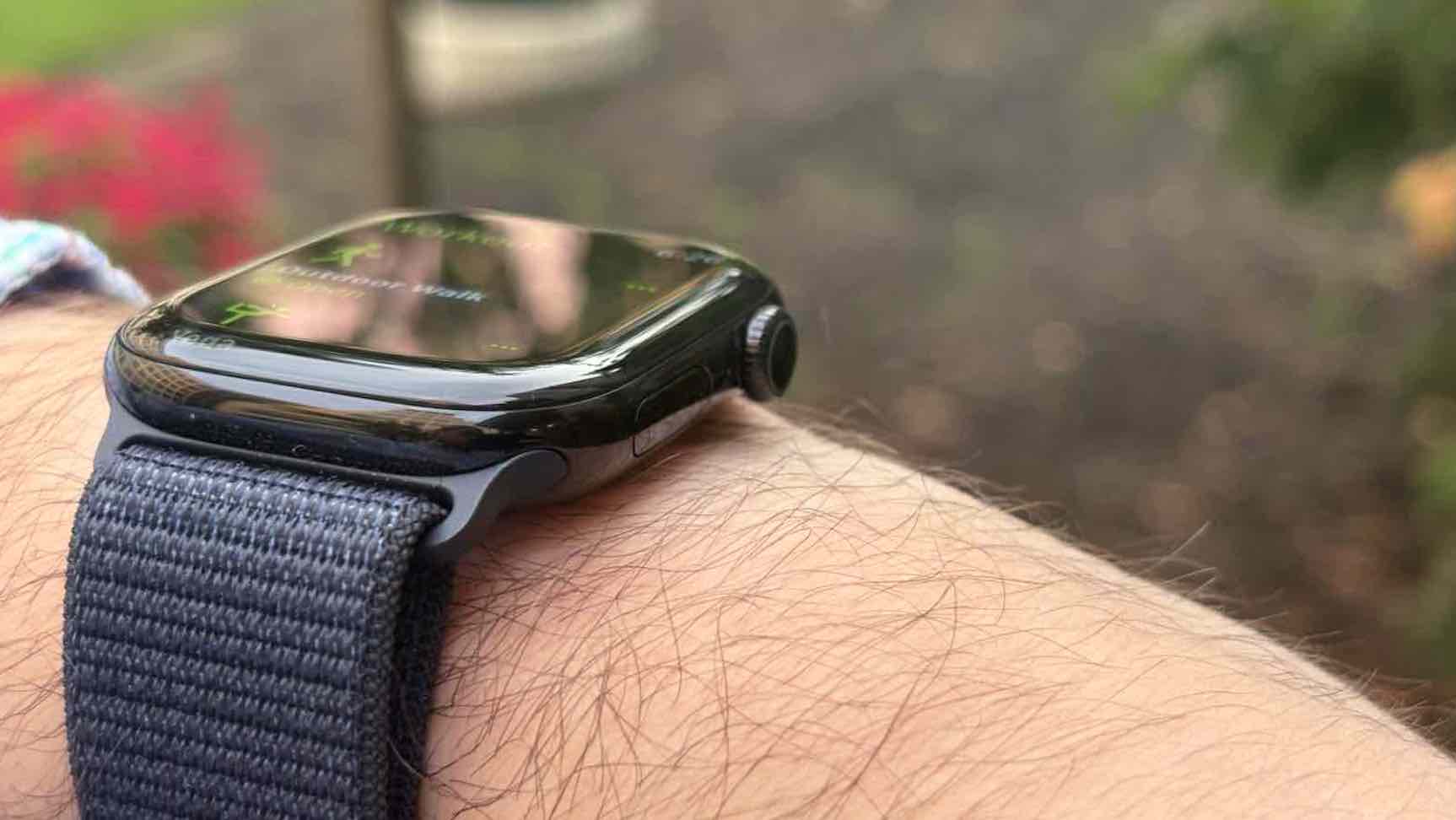
The Series 10 marks the mainstream Apple Watch’s first significant design change in recent years and provides one of the most compelling reasons to choose it over the Ultra 2. The Series 10 boasts a larger case size than its predecessor, but it’s also much thinner. Where the Ultra 2 comes in just one 49mm case size, the Series 10 is available in 46mm or 42mm sizes. Don’t be fooled by the numbers, however – Apple measures its Watch case size vertically, so this doesn’t automatically mean the Ultra 2 has a larger display.
The 46mm Series 10 is shorter, narrower, and thinner than the Ultra 2, and weighs almost 50% less as a result. If size, weight, and bulk are important to you, then the much lower profile of the Series 10 is very appealing.
The Apple Watch Series 10 is similar to the Series 9 in terms of design language. It’s got smooth, rounded edges and softer corners than the Ultra 2. By contrast, the Ultra 2 retains the incredibly rugged and bulky design that made the first iteration so popular and distinctive. It’s perfect for the great outdoors and adventures, but is far less subtle and versatile. If you’re looking for a do-it-all outdoor companion that you can take hiking, mountain biking, camping, swimming, diving, and more, then the angular Ultra 2 is a slam dunk. However, if you want the same great workout tracking and watchOS 11 features in a package you could also wear to dinner, consider the Series 10.
Design also raises one other key difference between the two models. The Apple Watch Ultra 2 features the Action button, an exclusive feature that lets you quickly activate certain features with just one press; it was recently upgraded in watchOS 11 to allow for adjustment to its function on the fly. It’s not essential, but you won’t find an Action button on the Series 10.
Apple Watch Series 10 vs Ultra 2: Colors and finishes
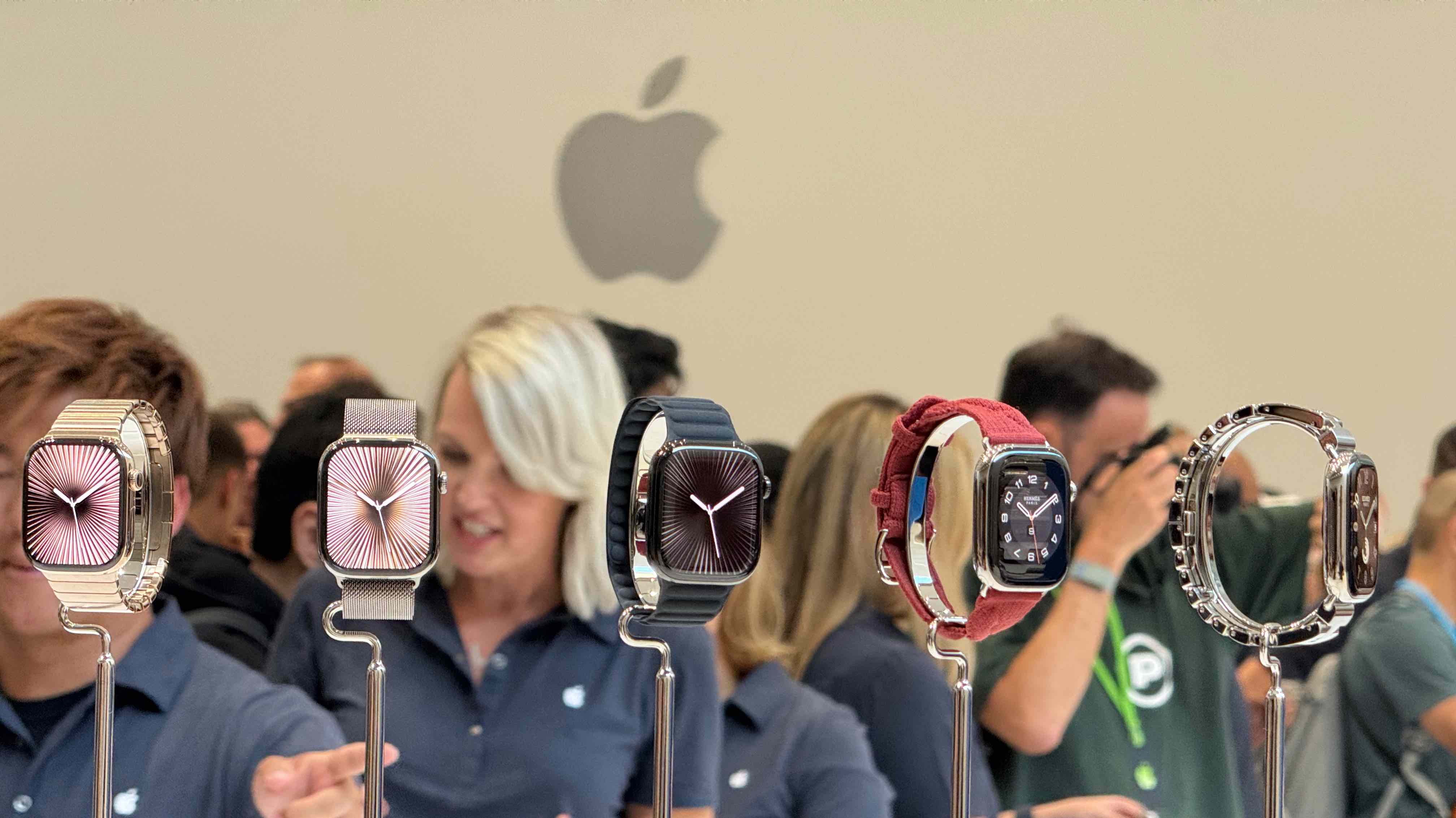
The Apple Watch Ultra 2 is available in two titanium finishes – natural, and a new black finish. The Series 10 offers the same titanium material in slate, gold, and natural finishes. However, it also boasts the much cheaper aluminum option in Jet Black, Rose Gold, and Silver. The latter saves a few extra grams and is considerably cheaper, however it’s definitely not as rugged as titanium. The Series 10 therefore offers greater variety in terms of colors, material, and price.
Apple Watch Series 10 vs Ultra 2: Display
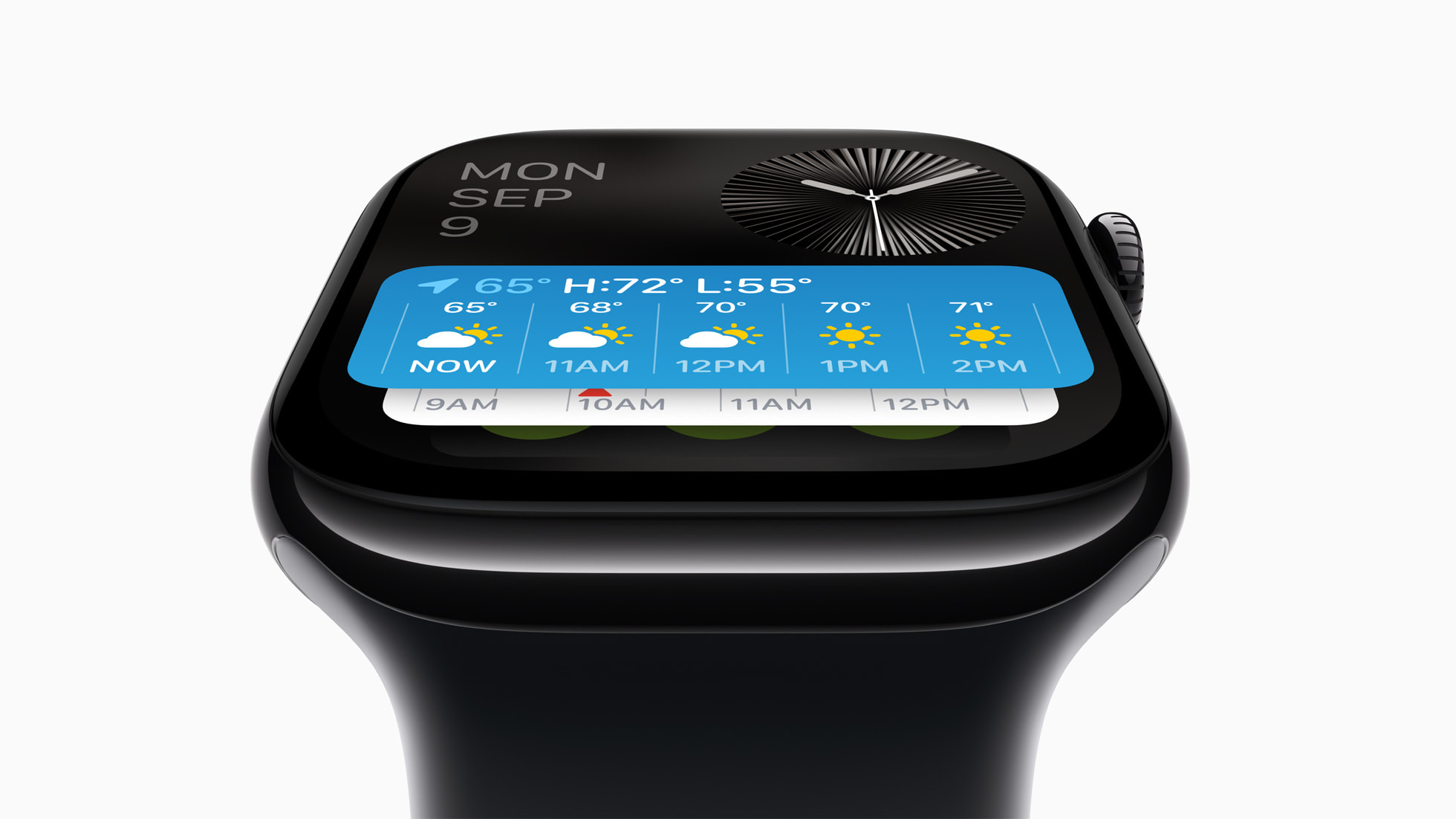
The Apple Watch Ultra 2’s display was the best wearable display Apple made until the Series 10 came out. The former is Apple’s LTPO2 OLED technology, which powers the Apple Watch’s variable refresh rate and its always-on display. The Series 10 features LTPO3 technology, with a couple of crucial differences.
The Series 10’s display is more power-efficient, and as such can refresh once every second, rather than once a minute, at its lowest setting. This means you’ll see the second hand moving on some Watch faces even without raising your Watch to wake it up. The Ultra 2 doesn’t include this feature, and it also doesn’t include the new wide-angle OLED technology of the Series 10. Apple says its new Watch is 40% brighter when viewed at an angle, making it much easier to see at a glance.
While the Series 10 might have the wide-angle advantage and the same 1-nit minimum brightness, the Ultra 2 still dominates in terms of overall brightness, offering peak brightness of up to 3,000 nits, 50% more than the Series 10’s 2,000 nits.
The final crucial difference is size. The 42mm Series will be noticeably smaller than the Ultra 2 as expected. However, the 46mm version, despite featuring a smaller chassis, boasts a 416 x 496 pixel display. The Ultra 2 offers 410 x 502 pixels, and as such is smaller, at 1185 sq mm vs the Series 10’s 1220 sq mm display area. It’s not a massive difference, but it’s a marginal advantage for the Series 10 when it comes to display size.
Apple Watch Series 10 vs Ultra 2: Chip
The Apple Watch Ultra 2 features Apple’s 2023 S9 system-in-package chip, while the Series 10 features a new S10 SiP. Apple hasn’t shared any specific details about the differences between the two, but hinted at the unveiling that the latter is faster and more power-efficient. SiP aside, both feature the same W3 wireless chip, second-generation Ultra Wideband chip, and 4-core Neural Engine. On the face of it, there’s very little to separate either model, with both supporting power-hungry features like the double-tap gesture, fast on-device Siri, and Precision Finding for iPhone 15 and iPhone 16.
Apple Watch Series 10 vs Ultra 2: Health and fitness
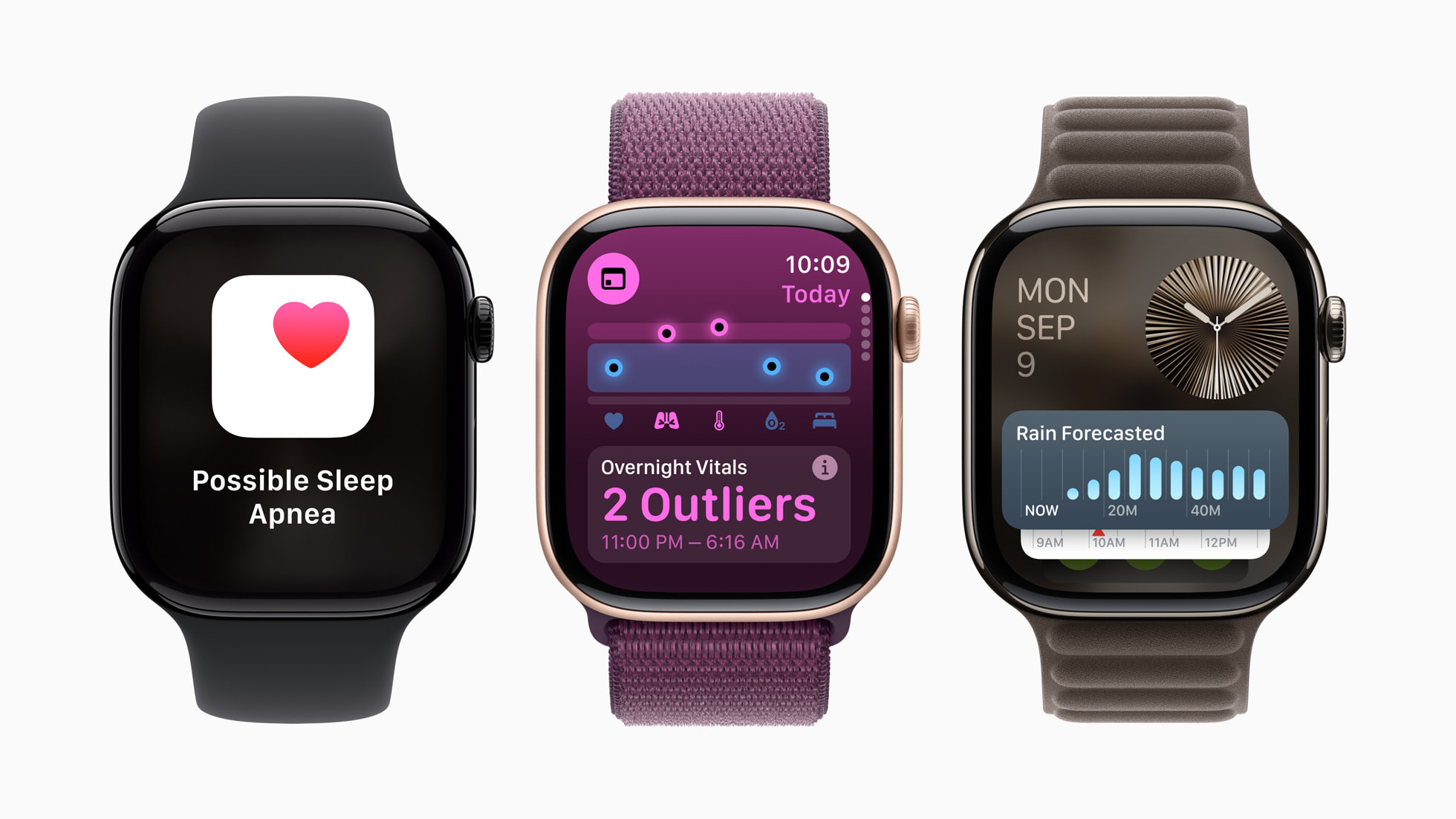
As with the chip, it’s impossible to separate the two watches when it comes to health and fitness. While Apple unveiled sleep apnea detection as a new Series 10 feature, it also comes to the Ultra 2 by way of the watchOS 11 software update. Other shared features include the ECG app, heart-rate monitoring, sleep tracking, the new Vitals app, temperature sensing, and Emergency SOS features as well as International emergency calling. Fall and Crash Detection are also present in both. The only notable difference is the Siren feature on the Ultra 2, which isn’t included in the Series 10 – the 86-decibel alarm can be used to signal your location in emergency situations.
Apple Watch Series 10 vs Ultra 2: Water resistance

While both the Apple Watch Series 10 and the Ultra 2 boast impressive water resistance, there’s one clear winner. The new Series 10 features a depth gauge to 6m and a new water temperature sensor; however, the Ultra 2’s depth gauge is good for up to 40m of submersion. As such, the latter is perfect for diving, while Apple only recommends the former for snorkeling. Both are technically water-resistant and swim-proof, but the Ultra 2 is rated to a much deeper submersion level of 100m versus the Series 10’s 50m. What’s more, Apple also rates the Ultra 2 for use with high-speed water sports, which you won’t find with the Series 10. So if you’re all about water sports and open-water swimming, the Ultra 2 is a clear winner.
Apple Watch Series 10 vs Ultra 2: Connectivity
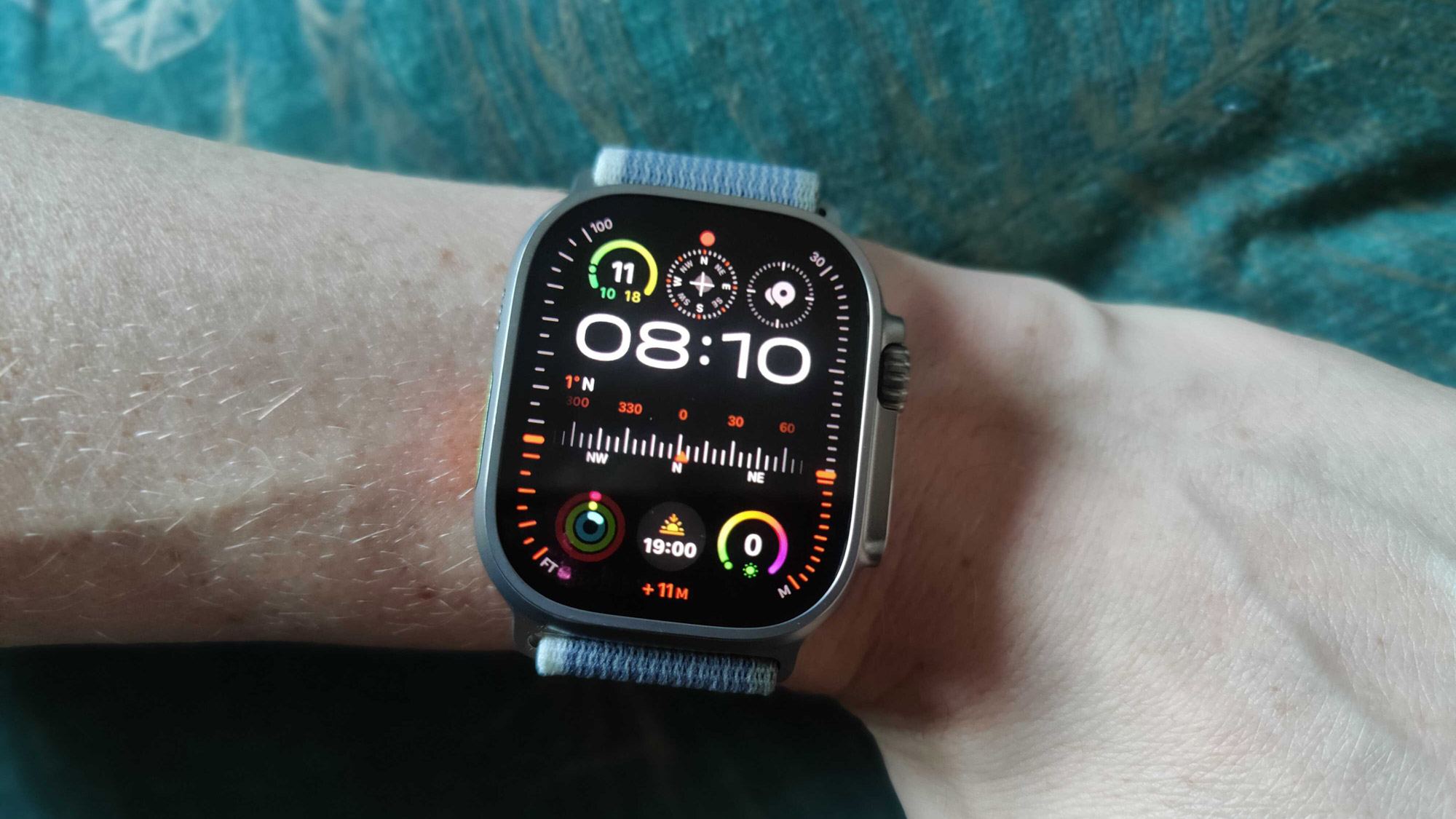
The Apple Watch Ultra 2 and Series 10 both support Bluetooth 5.3, Wi-Fi 4, and GPS and cellular connectivity. As noted previously, the Series 10 offers either cellular or Wi-Fi-only configurations, while the Ultra 2 is only available with cellular. While both feature GPS, the Ultra 2 features a more potent dual-frequency GPS that uses both L1 and L5 frequencies, combined with a positioning algorithm, to deliver much more accurate results. As such, if you want an Apple Watch for use when hiking, camping, trail-running, and exploring, the Apple Watch Ultra 2 is a much better bet in terms of global positioning and navigation features.
Apple Watch Series 10 vs Ultra 2: Battery life and charging
With its larger chassis and emphasis on performance and reliability out in the field, it’s no surprise that the Ultra 2 outshines the Series 10 when it comes to battery life. The Ultra 2 dominates, rated for up to 36 hours of regular use, or a whopping 72 hours in low-power mode. The Series 10 can’t match that, rated as it is for just 18 hours of regular use or up to 36 hours in low-power mode. When it comes to longevity, it’s no contest. The only advantage the Series 10 offers is faster charging; it can refuel to 80% in just 30 minutes, a feat that takes the Ultra 2 an hour. However, the 100% increase in battery life is surely worth the trade-off.
Apple Watch Series 10 vs Ultra 2: WatchOS 11 and Watch Faces
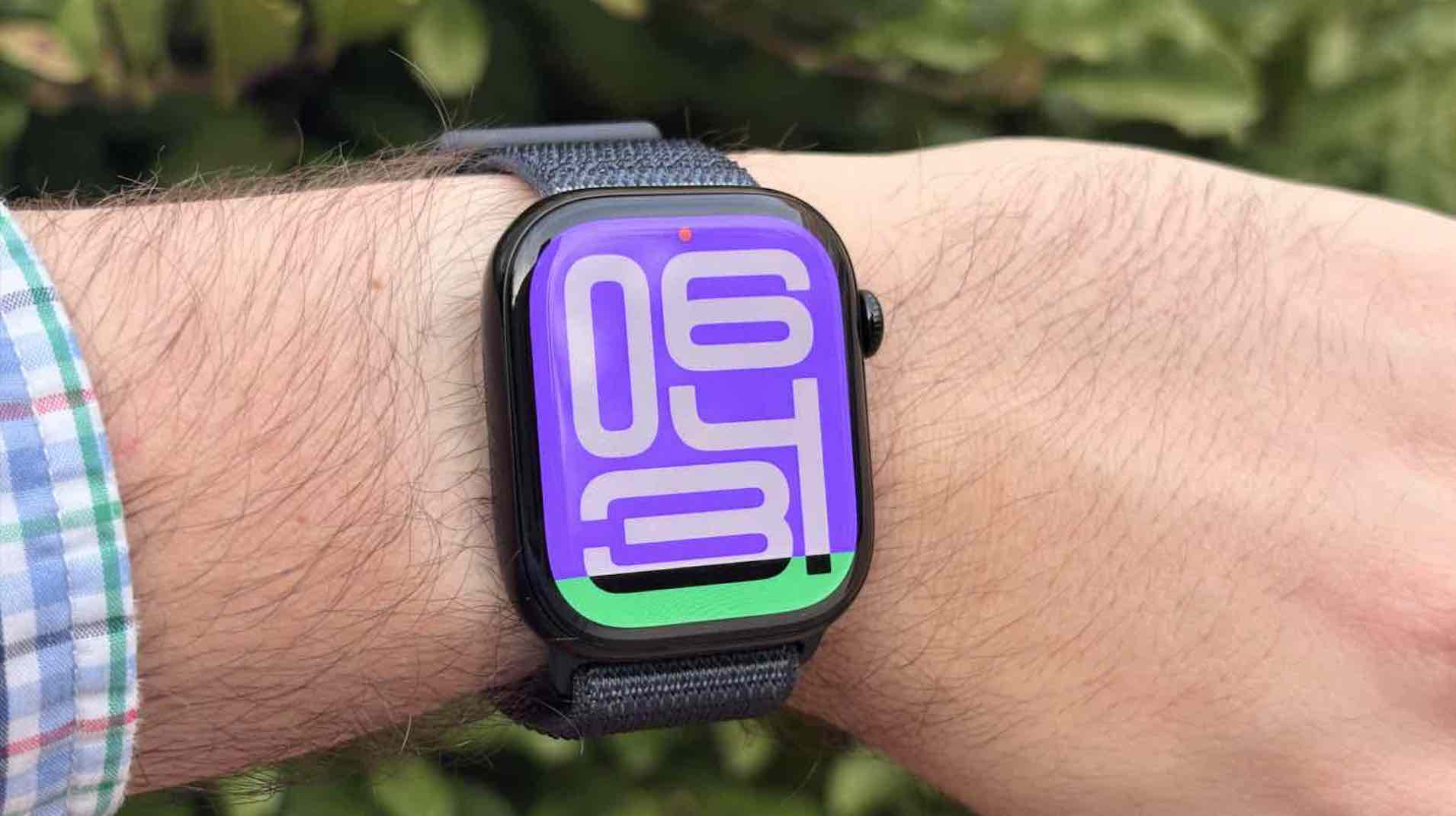
While both models run Apple watchOS 11 with ease, the Ultra 2 comes with a couple of exclusive faces you can’t get on any other type of Apple Watch. The Modular Ultra face is a notable example that features up to seven complications, as well as a compass, seconds counter, and other useful information for the great outdoors.
Verdict: A close-run affair
Given their quite different target markets and some clear advantages, I think it’s obvious that most people won’t be looking to upgrade from the Apple Watch Ultra 2 to the Apple Watch Series 10. If you’ve got an older model or you’re looking to take the Apple Watch plunge for the first time, consider your use case, budget, and the features that are most important to you. If you want the best battery life, rugged durability that can cope with adventure, or a workout workhorse, then the Ultra 2 is probably the one for you. If you want a slimmer, lighter, more subtle Apple Watch with a vibrant display, or you’re on a restricted budget, check out the Series 10.







